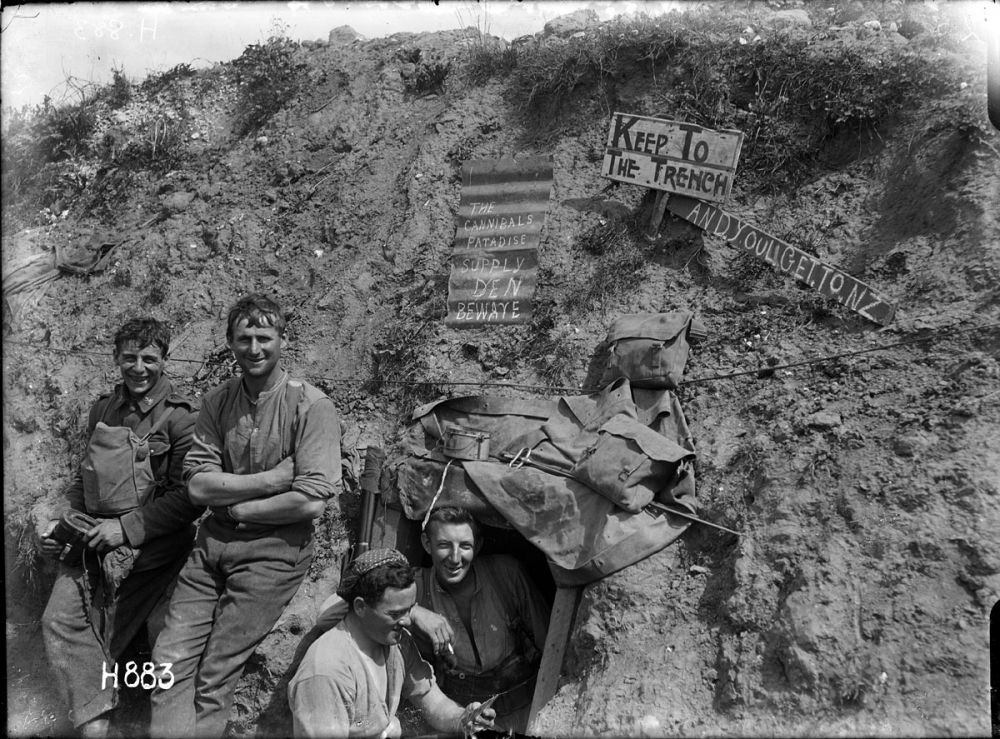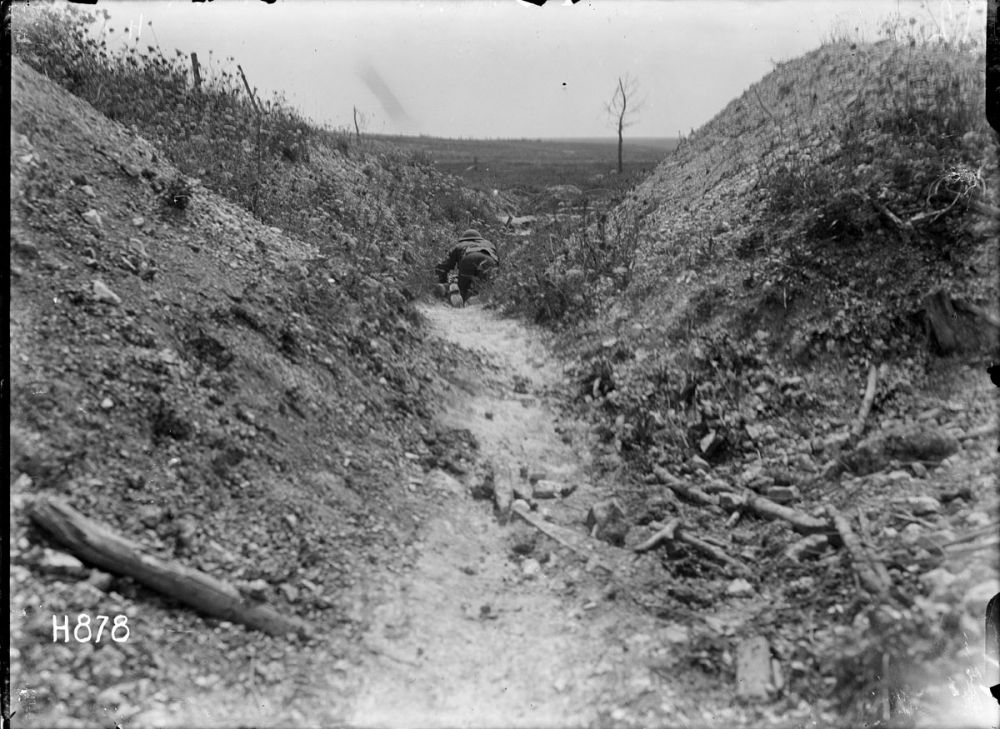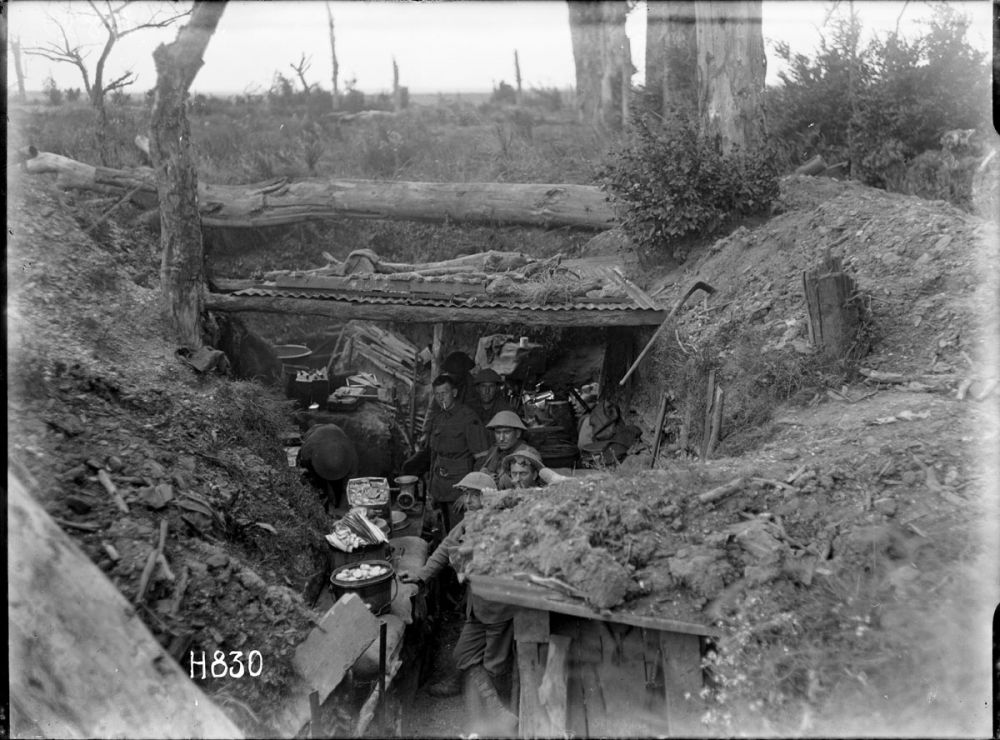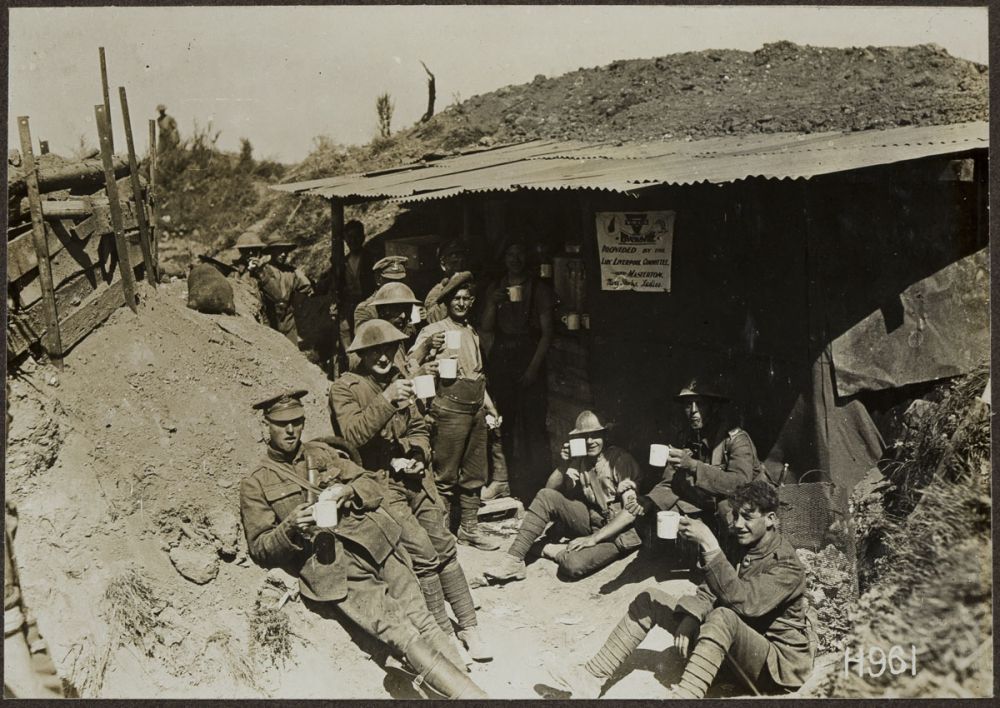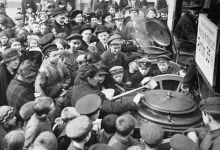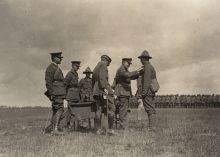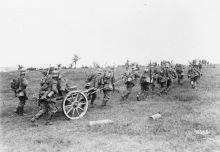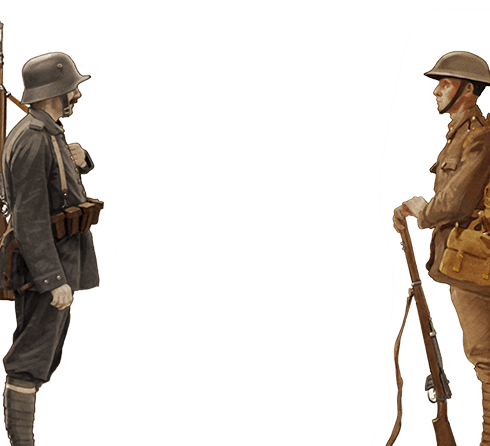Rossignol Wood
You’re standing at the edge of Rossignol Wood, and if you look below you - you can see a road and a cemetery. The road leads to the right and you’ll see buildings in the trees, that is the village of Gommecourt. If you go left from there, you’ll see another village, with a prominent spire, that is Hebuterne. Beyond that is open ground, and Euston Road Cemetery and Auchonvillers which was the New Zealand Division’s original position when they arrived in this area in March 1918. They held that ground until the end of June, and then the Division was relieved to go out to regroup, reinforce and retrain.
Russell’s division was now one of the strongest on the Western Front. In July the New Zealand Division came back into the line, but it side- stepped from where it was previously on the other side of Hebuterne, to now include Hebuterne all the way to Gommecourt. This ridge, the Gommecourt ridge, was very important because from up here German guns dominated the valley.
Throughout July, all along the New Zealand front, there was what was termed ‘peaceful penetration’ - but it was anything but peaceful. Day and night, New Zealand patrols actively went out looking for the German outposts and they’d raid them and take prisoners. In the battle for Rossignol Wood, the New Zealanders kept nibbling their way forward. They deliberately worked to destroy German morale, and they advanced right up to the edge of this wood. You can see that the wood is almost like two squares, a small square where you’re standing, and a larger square beyond that. The strategy was to take this small square first - and then they would take the larger one. It’s here that we hear about two interesting characters.
Dick Travis - real name Dickson Cornelius Savage - was an outstanding scout and patrol leader, and often, a law unto himself. He and his men would patrol, picking up where the German outposts were, and then they would launch surprise raids, killing, taking prisoners and gathering further information - reporting direct to General Russell. Interestingly enough, on the German side, was ex-French Foreign Legionnaire and now storm troop leader Ernst Junger, who later wrote Storm of Steel, and Copse 125 - which is the German name for Rossignol Wood. Junger was defending the wood at the same time as Travis was raiding and he wrote about what it was like to fight the New Zealanders.
After suffering many attacks, around 19 and 20 July, the Germans blew up their bunker in the centre of the small wood, and withdrew. The New Zealanders then followed up, but the Germans struck back with a major counterattack. There was fierce fighting, but the New Zealand artillery, and infantry, prevailed. It was during this fighting that Travis was killed by German artillery. He didn’t know it, but he had already won the Victoria Cross for his work. This was a real blow to the New Zealand Division, but it didn’t stop their advance along this ridge towards Bapaume.
In the valley below you is Rossignol Wood Cemetery. What is interesting is that initially this was a German cemetery. Both British and German dead are buried here from the fighting in 1916 and 1918. You can tell which are the British graves and which are the German graves by the colour of the headstones. You can see the massed ranks of German headstones on the left, and the British headstones on the right, and so here is a Commonwealth War Graves Cemetery where the dead of both sides are buried together.


